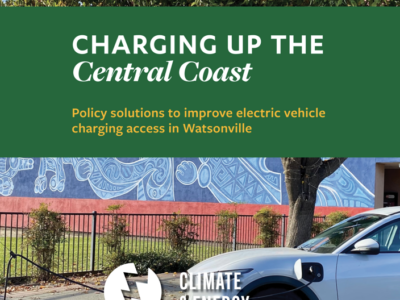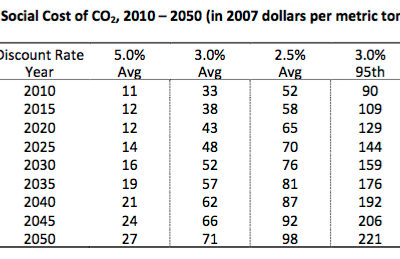environmental equity
How Can Cities Ensure EV Charging Accessibility for Lower-Income Drivers?
Watsonville, California as a Case Study for Policymakers
California’s ambitious goal to end the sale of internal combustion engine passenger vehicles by 2035 will require addressing the challenges faced by lower- and moderate-income drivers in accessing battery-powered electric vehicles (EVs). Chief among these concerns is their need to have a convenient and affordable place to charge the vehicles. Currently these residents too often …
Continue reading “How Can Cities Ensure EV Charging Accessibility for Lower-Income Drivers?”
CONTINUE READINGWhose Interests Count? And How Much?
Whether to consider harms to foreign countries and future generations is controversial. So is how much weight to give harm to the poor.
Should regulators take into account harm to people in other countries? What about harm to future generations? Should we give special attention when the disadvantaged are harmed? These questions are central to climate policy and some other important environmental issues. I’ll use cost-benefit analysis as a framework for discussing these issues. You probably don’t need …
Continue reading “Whose Interests Count? And How Much?”
CONTINUE READINGGuest Bloggers Michael Wara and Danny Cullenward: Understanding SB 775: A Realistic Path to Achieving California’s Climate Goals
SB 775 Provides a Strong Carbon Pricing Policy and Addresses Legal and Political Constraints
Two recent Legal Planet contributors have shared concerns about SB 775 over the last several days (Ann Carlson’s piece is here and Dallas Burtraw’s is here). We write here to provide context—economic, legal, and political—to help readers, and perhaps even these respected authors, better understand why the bill proposes to extend and evolve California’s approach …
CONTINUE READINGGuest Bloggers Amy Vanderwarker and Kay Cuajunco: Equity at the Center: SB 775 and AB 378 Create New Path Towards More Equitable, Effective Climate Policy
By Prioritizing Equity, We Fight Climate Change, Improve Local Air Quality and Public Health, and Deliver Economic Benefits
California is at a crossroads in our strategy to fight climate change. With the current form of cap and trade due to end in 2020, our state is deciding to what extent carbon pricing will play a role in meeting the 2030 targets enacted in 2016, and if so, what the program will look like. …
CONTINUE READING





